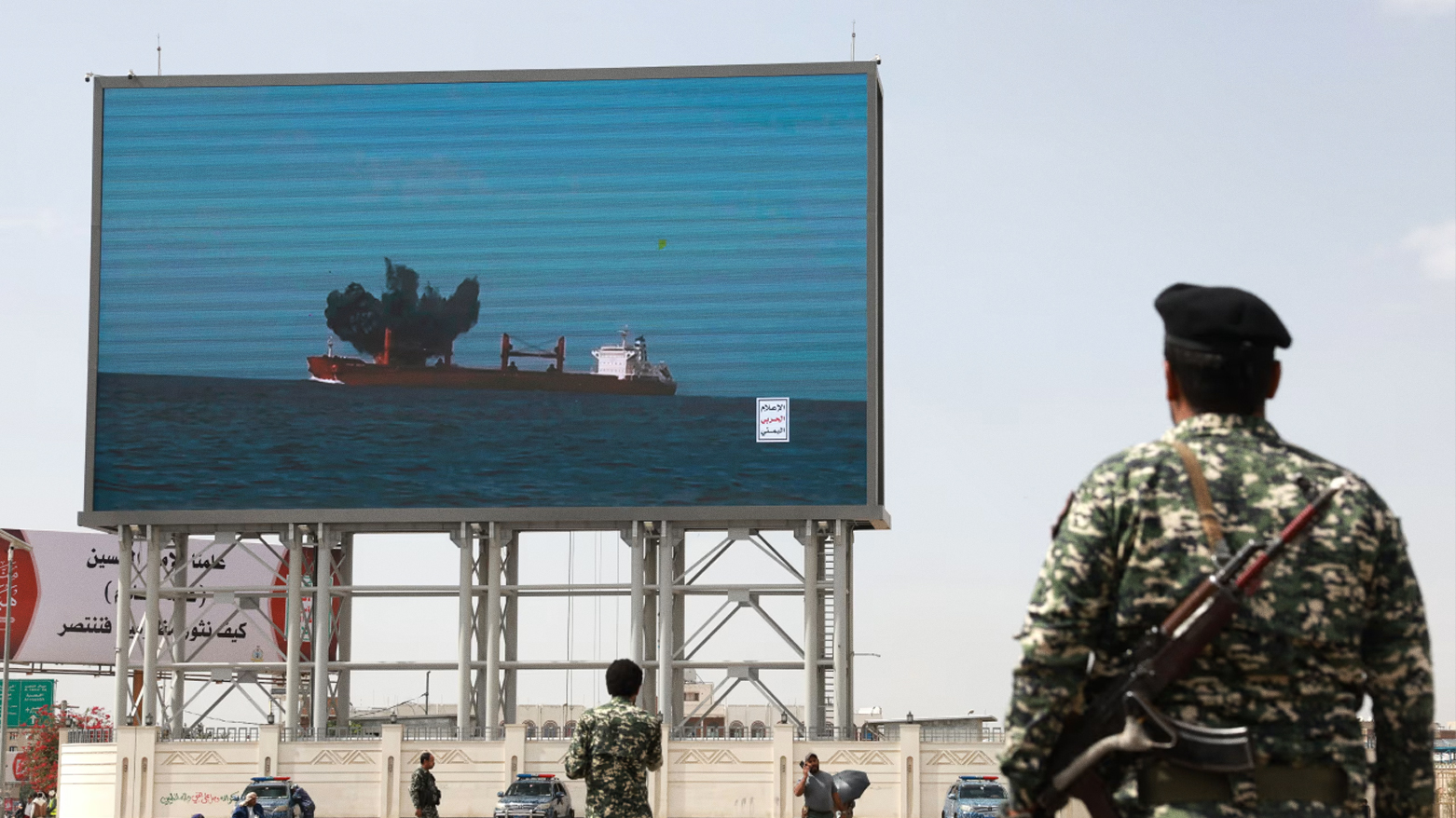Iran Rearming Militias Across Middle East After Major Setbacks: Report
A Wall Street Journal report says Iran is aggressively rearming its allies in Yemen and Lebanon with advanced weaponry following major military setbacks. The report cites large, recent seizures of missiles and drone parts destined for the Houthis and Hezbollah.

By Kamaran Aziz
ERBIL (Kurdistan24) – Following significant military blows from Israel and the United States, Iran is making a concerted new effort to rearm its proxy militias across the Middle East, a pattern revealed by a series of major weapons seizures in Yemen and along the Syrian border, according to a detailed Wall Street Journal (WSJ) report.
The report, published Thursday by journalists Benoit Faucon and Adam Chamseddine, details how Tehran is moving to replenish the arsenals of allies like Yemen’s Houthi rebels and Lebanon’s Hezbollah after suffering recent setbacks, including the killing of top military leaders and U.S. strikes on its nuclear facilities.
This week, forces allied with Yemen’s internationally recognized government intercepted what was described as a massive shipment of missiles and military gear sent to the Houthis.
According to the Wall Street Journal, the U.S. Central Command confirmed it was the largest-ever seizure of advanced Iranian conventional weapons by the Yemeni National Resistance Force, totaling 750 tons.
The shipment, hidden beneath air conditioners aboard a vessel known as a dhow, reportedly contained Iranian-developed Qader antiship missiles, cruise missiles, warheads, and components for the Saqr air-defense system, which the Houthis have used to shoot down U.S. MQ-9 Reaper drones.
The discovery of documents in Farsi, including a missile guidance manual and a quality certificate from an Iranian company, pointed to the cargo's origin.
Mohammed al-Basha, founder of the U.S.-based Basha Report advisory, told the Wall Street Journal that the "timing and scale of this shipment strongly suggest Iran is moving quickly to replenish Houthi stockpiles depleted by U.S. airstrikes."
Iran's Foreign Ministry spokesman, Esmaeil Baqaei, on Thursday called any claim that Tehran had sent weapons to Yemen "baseless," the report noted.
The rearming effort extends to the Levant, where Iran has been trying to resupply Hezbollah in Lebanon.
The Wall Street Journal reported that Syria’s new government, which is hostile to Iran, has seized multiple weapons cargoes, including Grad rockets. In one instance in June, the Syrian Interior Ministry announced it had intercepted Russian-made Kornet antitank missiles hidden in a cucumber truck en route to Lebanon.
The Lebanese army has also seized similar Russian missiles coming across the Syrian border.
Michael Knights, a senior fellow at the Washington Institute for Near East Policy, was quoted in the report as saying, “Iran is rebuilding its presence in the Levant by sending missiles to Hezbollah and weapons from Iraq to Syria.”
Despite the seizures, the resupply efforts appear to be achieving some results. The report mentioned that Houthi fighters recently sank two merchant ships in the Red Sea and continue to launch ballistic missiles at Israel.
Similarly, a person familiar with Hezbollah's operations told the journal that the group has managed to restructure some smuggling networks and acquire sophisticated weaponry.
The rearming efforts described in the Wall Street Journal report are central to Iran's regional strategy, which relies on a network of allied and proxy forces often referred to as the "Axis of Resistance."
This alliance, which includes groups like Hezbollah in Lebanon, the Houthis in Yemen, and various militias in Iraq and Syria, allows Tehran to project power and challenge its regional adversaries, primarily Israel, Saudi Arabia, and the United States.
For years, Iran has provided these groups with funding, training, and increasingly sophisticated weaponry, such as ballistic missiles, drones, and advanced anti-tank and anti-ship systems.
This strategy provides Iran with strategic depth and the ability to engage in asymmetric warfare across multiple fronts without deploying its own conventional forces directly. The effectiveness of this network has been seen in the Houthi attacks on Red Sea shipping and Hezbollah's decades-long military buildup on Israel's northern border.
The recent setbacks and subsequent push to rearm highlight the critical importance of these proxy forces to Iran's national security doctrine.
